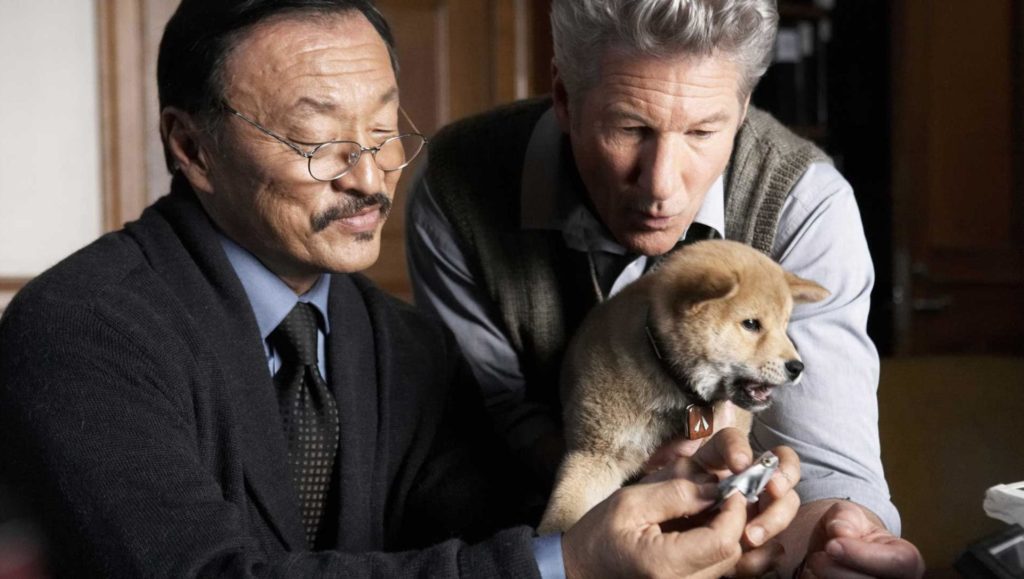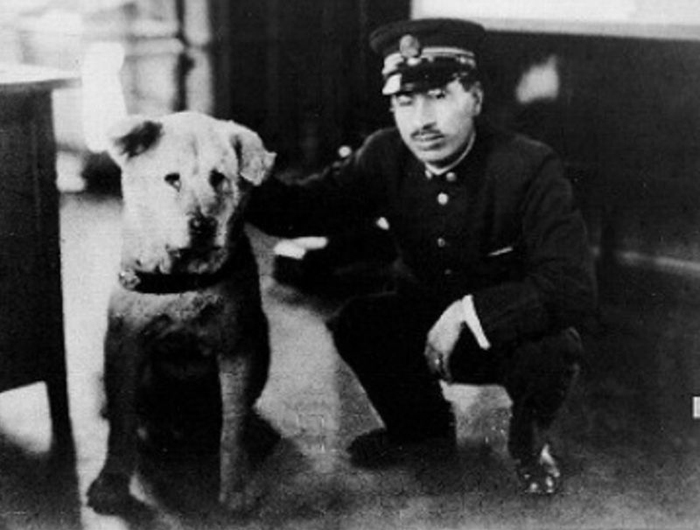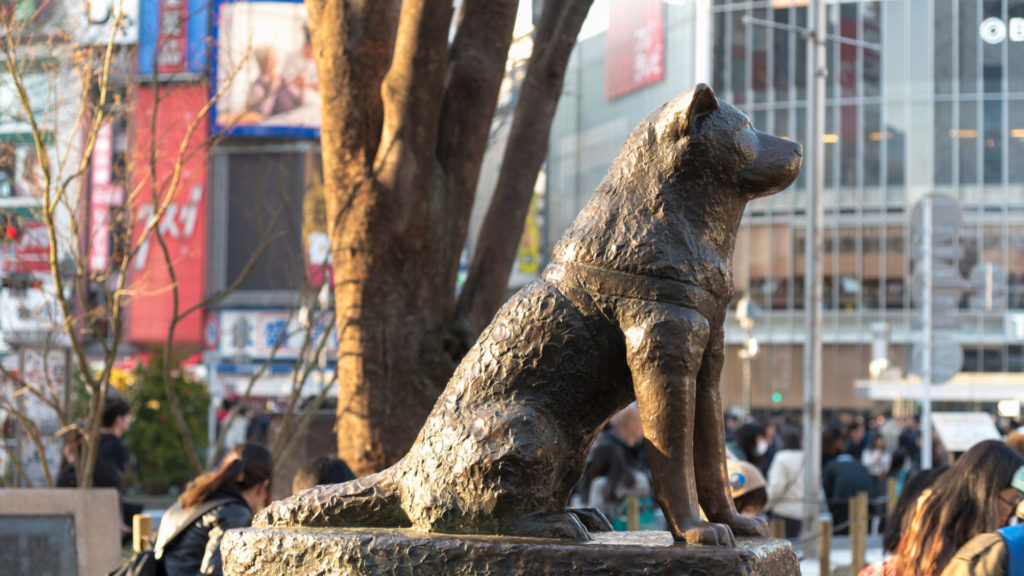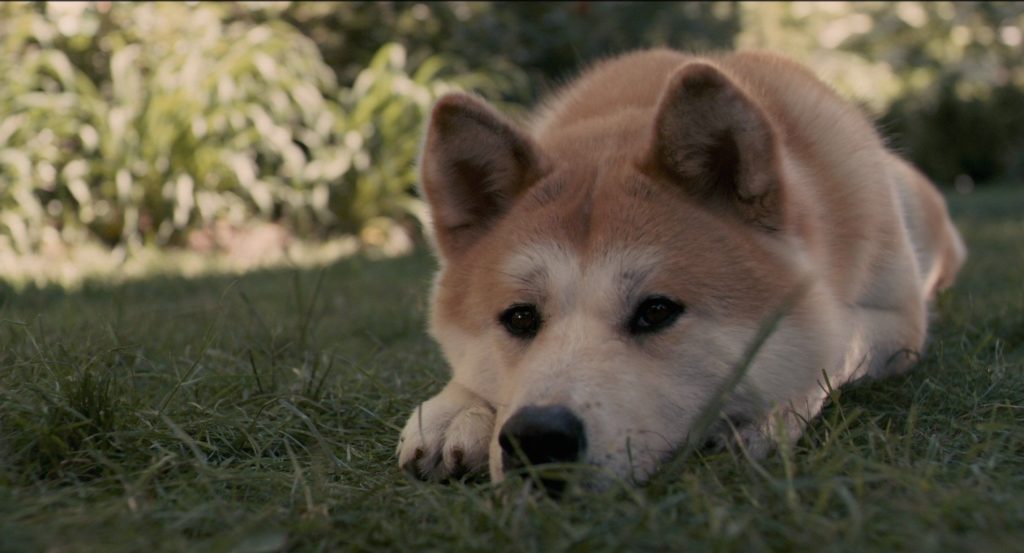In the realm of dog lovers, few tales tug at the heartstrings quite like “Hachi: A Dog’s Tale”. A poignant reimagining of the true story of Hachiko, a dog renowned for his unwavering loyalty. For those who cherish the profound bond between humans and their canine companions, the narrative of Hachiko is both a testament to the Akita breed’s dedication and an emblem of the enduring love dogs bring into our lives. Let’s dive into the tale, its history, and the remarkable breed behind this legendary dog.
Table of Contents
Overview of Hachi: A Dog’s Tale
The Legend of Hachiko
Details about the Hachi Dog Breed
Lessons We Can Learn from Hachiko
Hachiko in Popular Culture
Overview of Hachi: A Dog’s Tale
“Hachi: A Dog’s Tale” is more than just a film; it’s a tribute to the indomitable spirit of loyalty and love that dogs bring into our lives. Directed by Lasse Hallström and starring the talented Richard Gere, this movie is a reimagining of the true story of Hachiko, the legendary Akita dog from Japan. Set in a quaint American town, this adaptation beautifully captures the essence of the Hachiko dog and the incredible bond he shared with his owner.
The Tale Behind the Movie
The film, while set in the United States, draws its inspiration from the real-life tale of Hachiko, an Akita dog who lived in 1920s Japan. Every day, without fail, Hachiko would wait for his owner at the Shibuya train station. This routine, heartwarming in its simplicity, took a tragic turn when Hachiko’s owner passed away unexpectedly. Unbeknownst to the dog, his beloved human would never return. Yet, Hachiko’s loyalty never wavered. Day after day, for nearly a decade, the faithful Akita would return to the station, waiting for an owner who would never come back. His story touched not only the hearts of those in his community but people worldwide.

Reimagining Hachiko’s Story
“Hachi: A Dog’s Tale” brings the story of Hachiko to a new audience, with a contemporary twist. Relocated to the United States, the film follows the life of a college professor who forms an unbreakable bond with Hachi, an abandoned Akita puppy he finds at a train station. The story unfolds, showcasing the deep connection between the two, a bond that is tested by time, distance, and fate. Much like the original Hachiko dog, Hachi’s tale in the film is a testament to the Akita breed’s unwavering loyalty and the universal truths about the love and dedication dogs bring into our lives.
Impact and Reception
The film, with its emotive storytelling and stellar performances, struck a chord with audiences worldwide. Richard Gere’s portrayal of the professor and his relationship with the Hachiko dog resonated deeply, making “Hachi: A Dog’s Tale” a must-watch for both dog lovers and cinema enthusiasts. The movie serves as a poignant reminder of the lengths a dog, particularly of the Hachiko dog breed, will go to showcase its devotion and love.
The Legend of Hachiko
Long before “Hachi: A Dog’s Tale” graced our screens, the real story of Hachiko was already cemented in the annals of history. This legendary Akita dog, often simply referred to as the “Hachiko dog”, has become synonymous with loyalty, dedication, and an unwavering bond that defies the boundaries of life and death.
From the Streets of Shibuya to Global Fame
Hachiko’s story begins in the bustling streets of Tokyo during the 1920s. Adopted by Professor Ueno, the bond between the man and the Hachiko dog was evident from the start. Every day, Hachiko would eagerly await his owner’s return from work at the Shibuya train station. Their routine was simple, yet it epitomized the deep connection they shared. However, in 1925, tragedy struck when Professor Ueno passed away unexpectedly. Unaware of his owner’s fate, Hachiko continued his daily vigil, waiting loyally at the station for a reunion that would never come.

The Legacy of the Hachiko Dog
Word of the Hachiko dog’s unwavering loyalty quickly spread throughout Japan, turning him into a national icon. For nearly a decade, come rain or shine, Hachiko would make his way to the Shibuya station, capturing the hearts of all who witnessed his dedication. His story was not just about a dog’s love for his owner but a reflection of the values of loyalty, dedication, and perseverance that resonated deeply with the Japanese culture and soon, the world.
A Timeless Tribute
In honor of the Hachiko dog’s undying loyalty, a bronze statue was erected at the very spot he waited at the Shibuya station. This statue, a popular meeting point, stands as a testament to the enduring tale of Hachiko and the universal love and dedication that dogs bring into our lives. The Hachiko dog’s story has been retold in various forms, from books to films like “Hachi: A Dog’s Tale”, ensuring that his legend lives on for generations to come.
Hachiko’s Influence on Modern Culture
The Hachiko dog’s story has transcended cultural and geographical boundaries. From being an emblem of loyalty in Japan, the tale has influenced artists, filmmakers, and writers worldwide. “Hachi: A Dog’s Tale” is one such example of how Hachiko’s legacy continues to inspire and touch hearts globally, showcasing the timeless bond between humans and their canine companions.

Details about the Hachi Dog Breed
The heartwarming tale of “Hachi: A Dog’s Tale” and the enduring loyalty of the real-life Hachiko shines a spotlight on the remarkable Akita breed. Often referred to as the “Hachiko dog breed” due to the dog’s iconic status, the Akita is a symbol of loyalty, strength, and honor. Let’s delve deeper into the history, characteristics, and significance of this majestic breed.
Origins and Historical Significance
The Akita, heralded as the “Hachiko dog breed”, finds its roots in the snowy mountains of northern Japan. Named after the Akita Prefecture, these dogs were initially bred to hunt large game such as bears, boars, and elks. Their strong build, coupled with an innate sense of loyalty, made them invaluable companions to the ancient Japanese. The Akita’s history is intertwined with Japanese culture, from being revered by royalty to being considered symbols of good health and prosperity.

Physical Traits and Temperament
The Akita is a large and powerful breed, boasting a robust physique that hints at its hunting origins. Their double coat, which can vary in colors from white to brindle and pinto, serves as protection against harsh climates. But beyond their physical attributes, the Akita, or the “Hachiko dog breed” as many fondly call it, is known for its unique temperament. Akitas are known to be affectionate with their families, often forming deep bonds akin to the one showcased by Hachiko in “Hachi: A Dog’s Tale”. While they can be reserved with strangers, their loyalty to their loved ones is unparalleled.
The Akita in Modern Times
From the streets of Shibuya to homes around the world, the Akita, influenced by the legend of the Hachiko dog, has become a sought-after breed. Their loyal nature, coupled with their majestic appearance, makes them both excellent family companions and diligent watchdogs. The global popularity of “Hachi: A Dog’s Tale” has only further cemented the Akita’s status as a breed that epitomizes loyalty and devotion.
Caring for the Hachiko Dog Breed
Owning an Akita is a commitment. Their thick coat requires regular grooming, and their active nature necessitates ample exercise. Early socialization and training are crucial to ensure they grow up to be well-adjusted adults. Inspired by tales like “Hachi: A Dog’s Tale”, many potential dog owners are drawn to the Akita. However, understanding and catering to their needs is paramount to ensure a harmonious bond akin to the legendary bond between Hachiko and his owner.
Lessons We Can Learn from Hachiko
The story of Hachiko, immortalized in the film “Hachi: A Dog’s Tale”, is not just a tale of a dog’s unwavering loyalty. It’s a narrative replete with profound life lessons that resonate with humans across cultures and generations. Through the lens of the Hachiko dog’s dedication, we can glean insights into love, perseverance, and the essence of true loyalty.
Unconditional Love and Loyalty
The Hachiko dog’s story is the epitome of unconditional love. Every day, rain or shine, he waited at the Shibuya train station for his beloved owner. Even after the tragic passing of his master, Hachiko’s love never waned. His dedication showcases that true love is not bound by conditions or time. Much like the sentiments echoed in “Hachi: A Dog’s Tale”, Hachiko’s tale teaches us that genuine affection doesn’t seek rewards or recognition; it’s pure, selfless, and unwavering.
Resilience in the Face of Adversity
Life is replete with challenges, and Hachiko’s story exemplifies resilience. Despite the heartbreak and the uncertainty, the Hachiko dog returned to the same spot, day after day. His story reminds us that even in the face of adversity, hope and persistence can guide us. Just as “Hachi: A Dog’s Tale” portrays the dog’s unyielding spirit, we too can find strength in dedication and commitment.
The Impact of Simple Acts
Hachiko’s daily act of waiting might have seemed simple, but its impact was profound. His story touched an entire nation, leading to tributes, statues, and films like “Hachi: A Dog’s Tale”. It teaches us that even small acts, when done with love and sincerity, can leave an indelible mark. Hachiko’s tale serves as a reminder that it’s not always grand gestures but consistent, genuine acts that make a difference.
Legacy and Memory
Hachiko’s loyalty ensured that his story would be remembered for generations. His legacy, further popularized by “Hachi: A Dog’s Tale”, underscores the power of memory. It reminds us that even after we’re gone, the love we share and the bonds we forge can leave a lasting impact, echoing through time and touching countless hearts.
Hachiko in Popular Culture
The legendary Hachiko dog, whose tale has been so beautifully depicted in “Hachi: A Dog’s Tale”, has left an indelible mark on popular culture. From literature to art, music to cinema, the story of this loyal Akita dog has inspired countless tributes and adaptations, resonating with audiences globally.
The Cinematic Tribute: “Hachi: A Dog’s Tale”
One of the most notable nods to Hachiko’s legacy in popular culture is the film “Hachi: A Dog’s Tale”. Directed by Lasse Hallström and featuring a moving performance by Richard Gere, this movie introduced the Hachiko dog’s heartwarming tale to a new generation of viewers. While the film relocates the story from Tokyo to a quaint American town, the essence of Hachiko’s unwavering loyalty remains intact, making it a must-watch for those who cherish the bond between humans and their canine companions.
Literary Homages
Beyond cinema, the Hachiko dog’s story has inspired a plethora of literary works. From children’s books that narrate the tale to in-depth analyses of the cultural significance of Hachiko in Japanese society, literature offers a diverse range of perspectives on this iconic story. Many of these works draw parallels between Hachiko’s tale and the themes explored in “Hachi: A Dog’s Tale”, emphasizing the universality of the narrative.
Artistic Interpretations
Artists, moved by the story of the Hachiko dog, have paid tribute through paintings, sculptures, and installations. The most iconic of these is the bronze statue at Shibuya Station in Tokyo, a popular rendezvous point and a testament to Hachiko’s enduring legacy. This statue, much like the film “Hachi: A Dog’s Tale”, serves as a poignant reminder of the depths of loyalty and love.
Music and Performances
The tale of Hachiko has also found its way into the world of music and live performances. Songs, operas, and theatrical adaptations have been crafted, drawing inspiration from the Hachiko dog’s story and the themes presented in “Hachi: A Dog’s Tale”. These performances, whether through haunting melodies or compelling stage acts, capture the emotion and depth of Hachiko’s narrative.
Global Recognition
While Hachiko’s tale originated in Japan, its impact is undeniably global. The worldwide success of “Hachi: A Dog’s Tale” is a testament to this. From monuments in foreign lands dedicated to the Hachiko dog to international film festivals celebrating the movie, Hachiko’s story transcends cultural boundaries, uniting people in their admiration for this symbol of loyalty and devotion.

